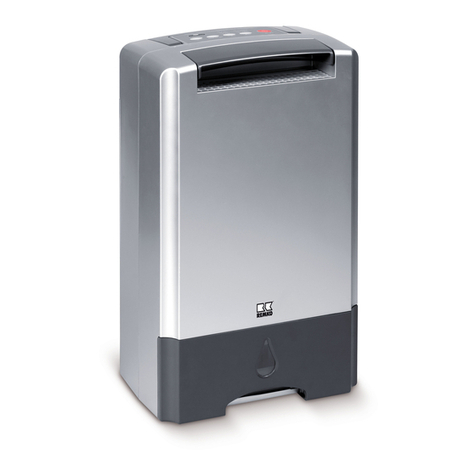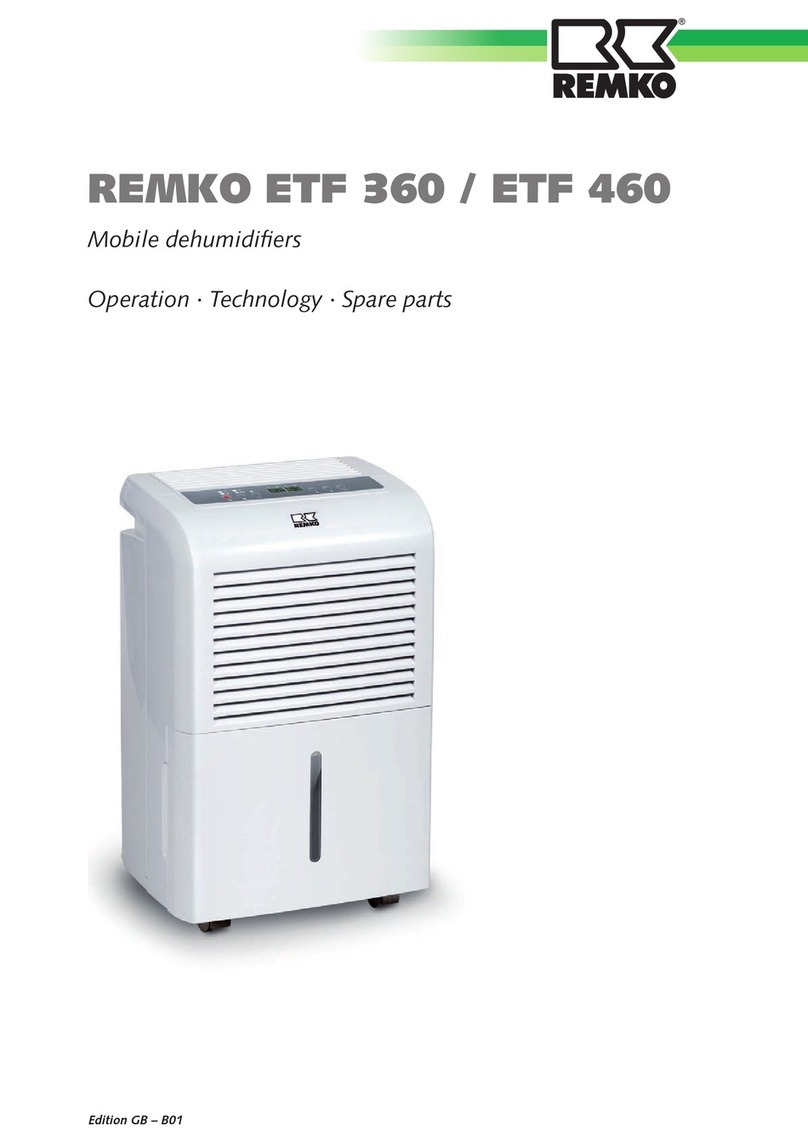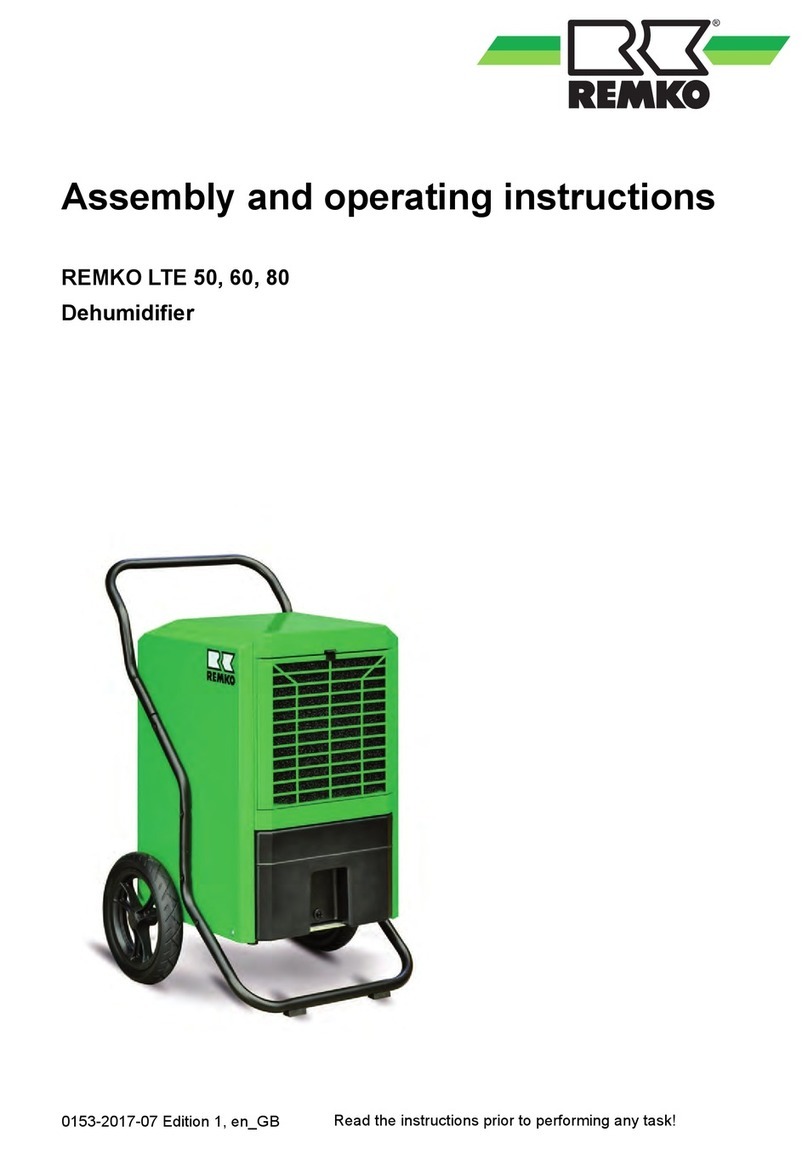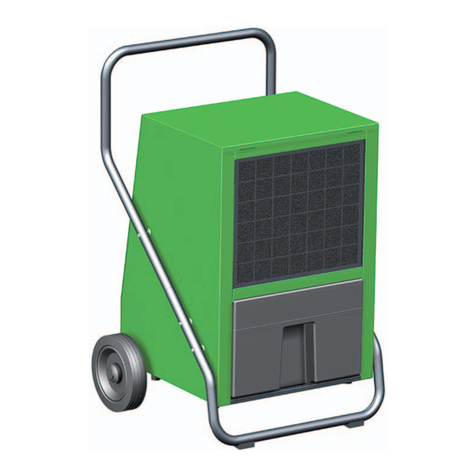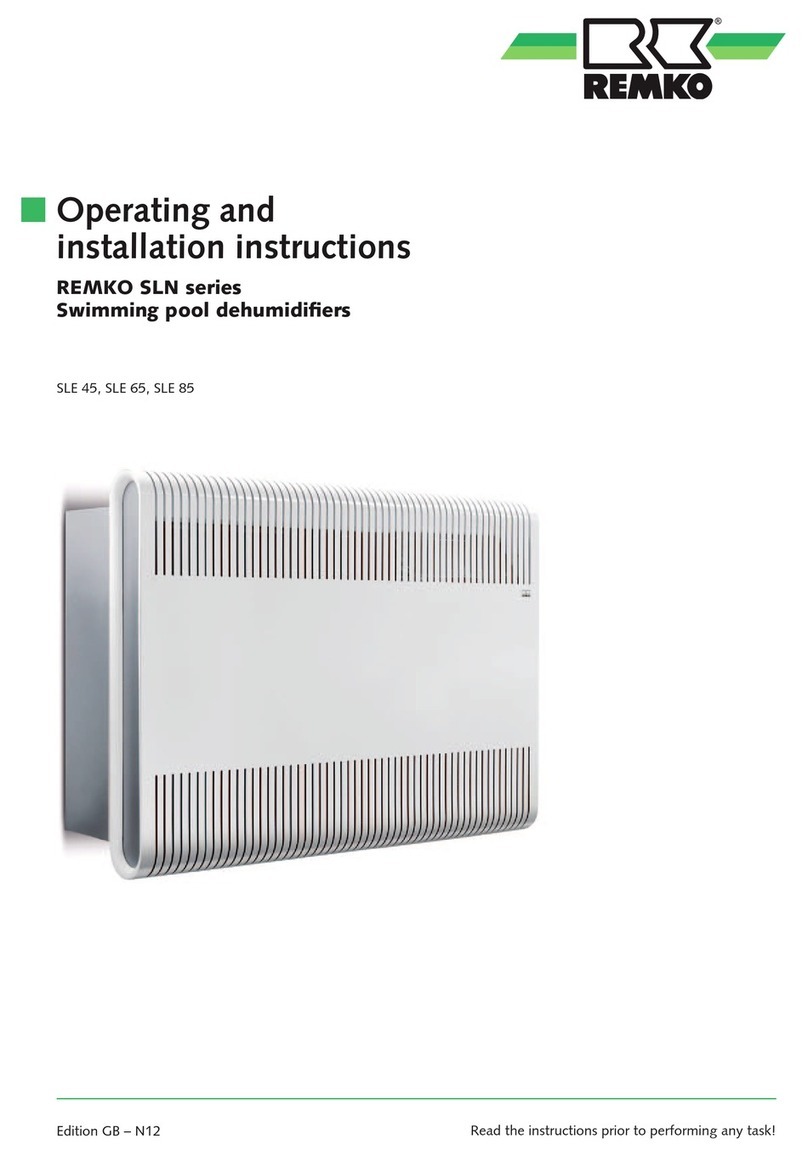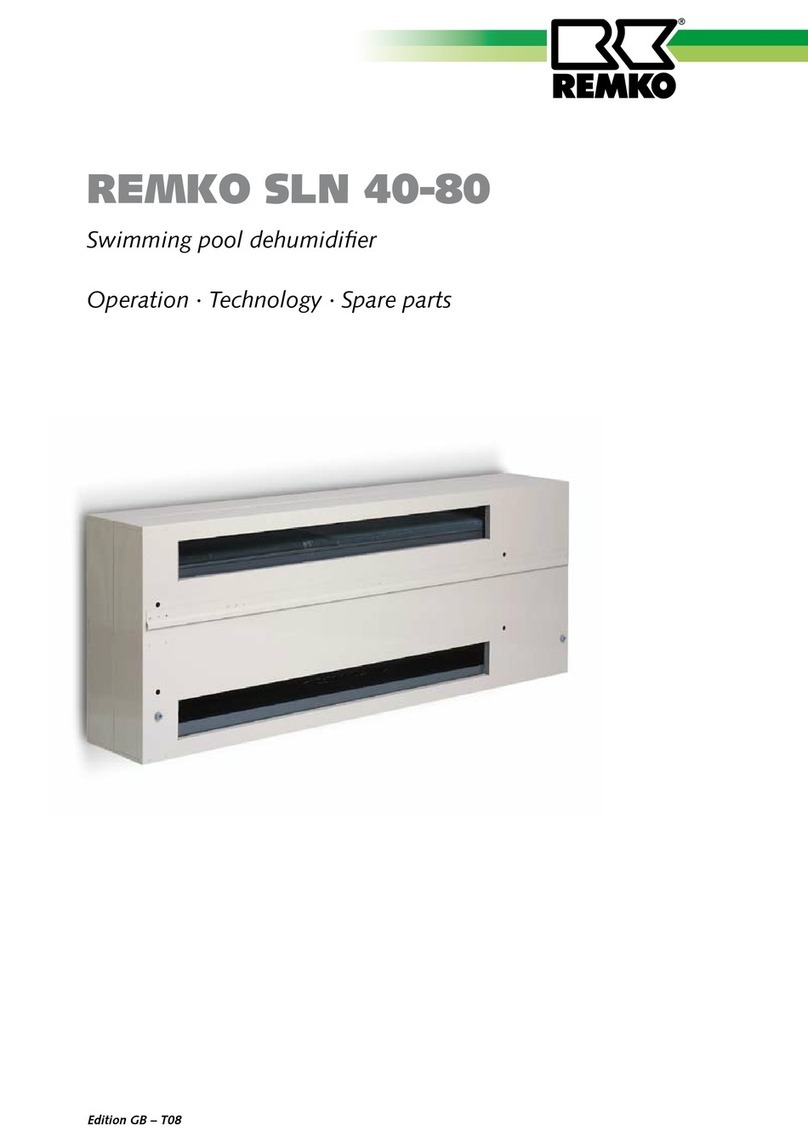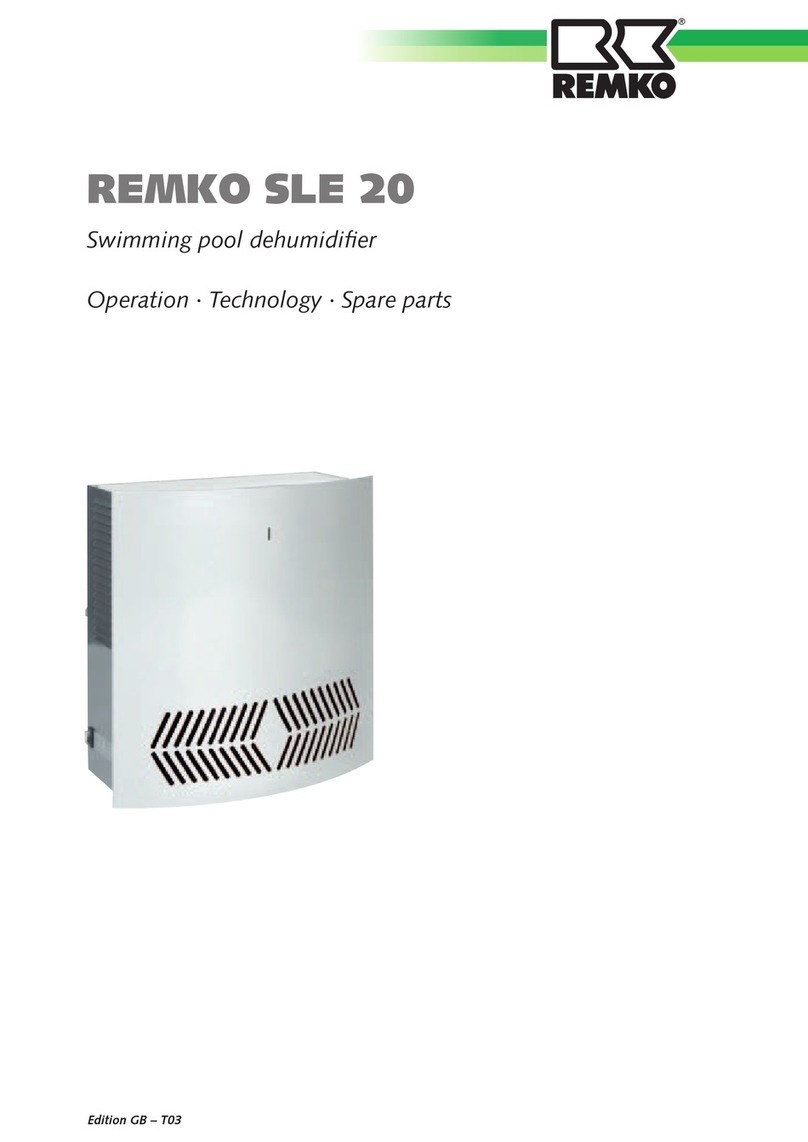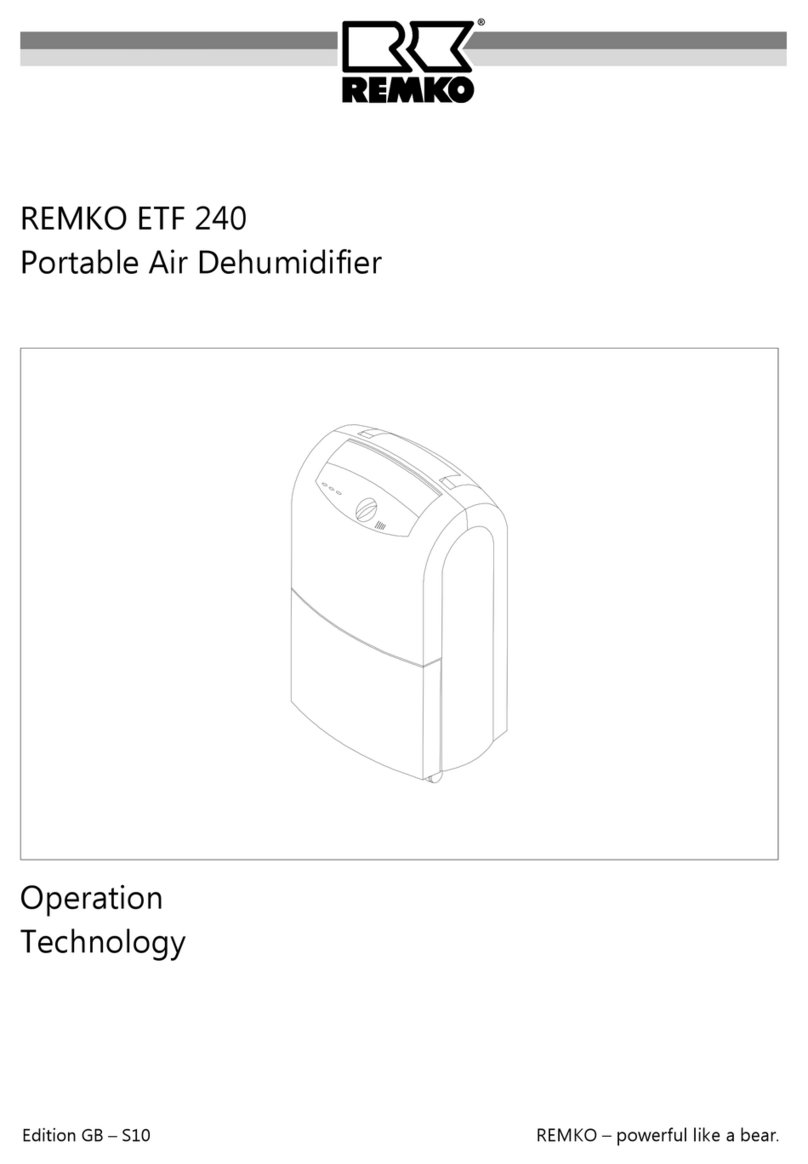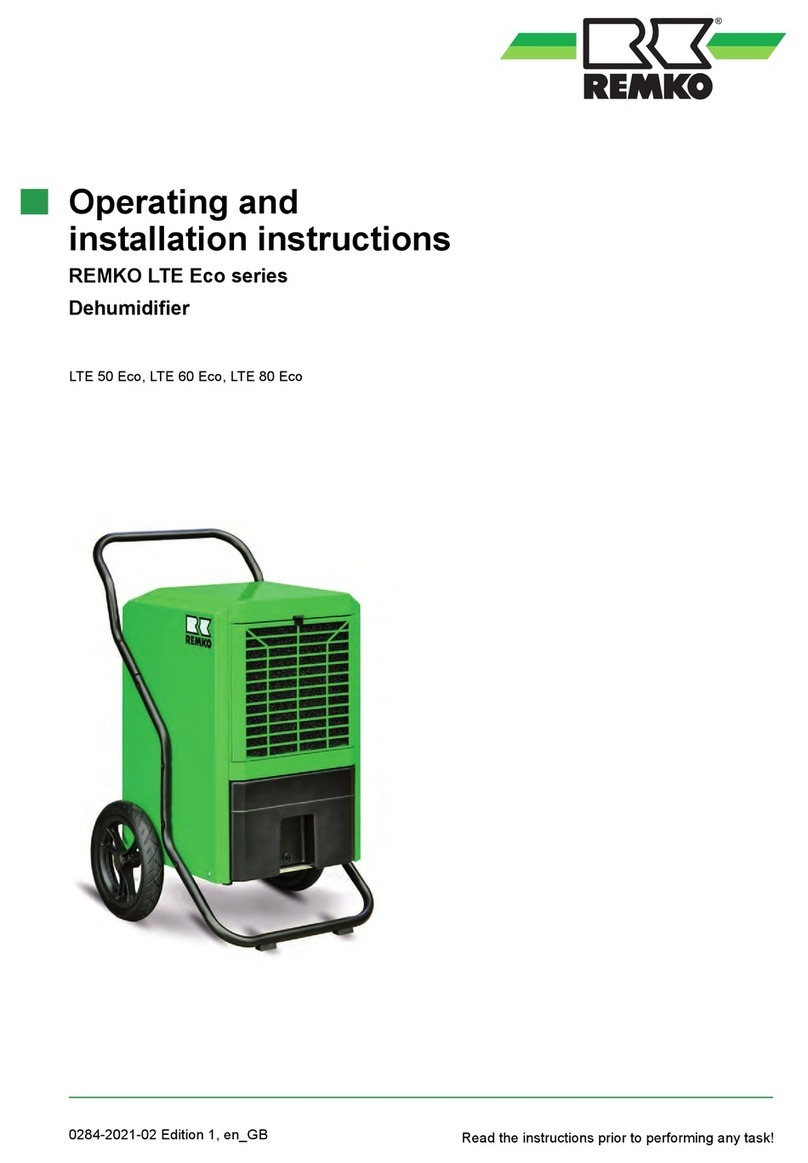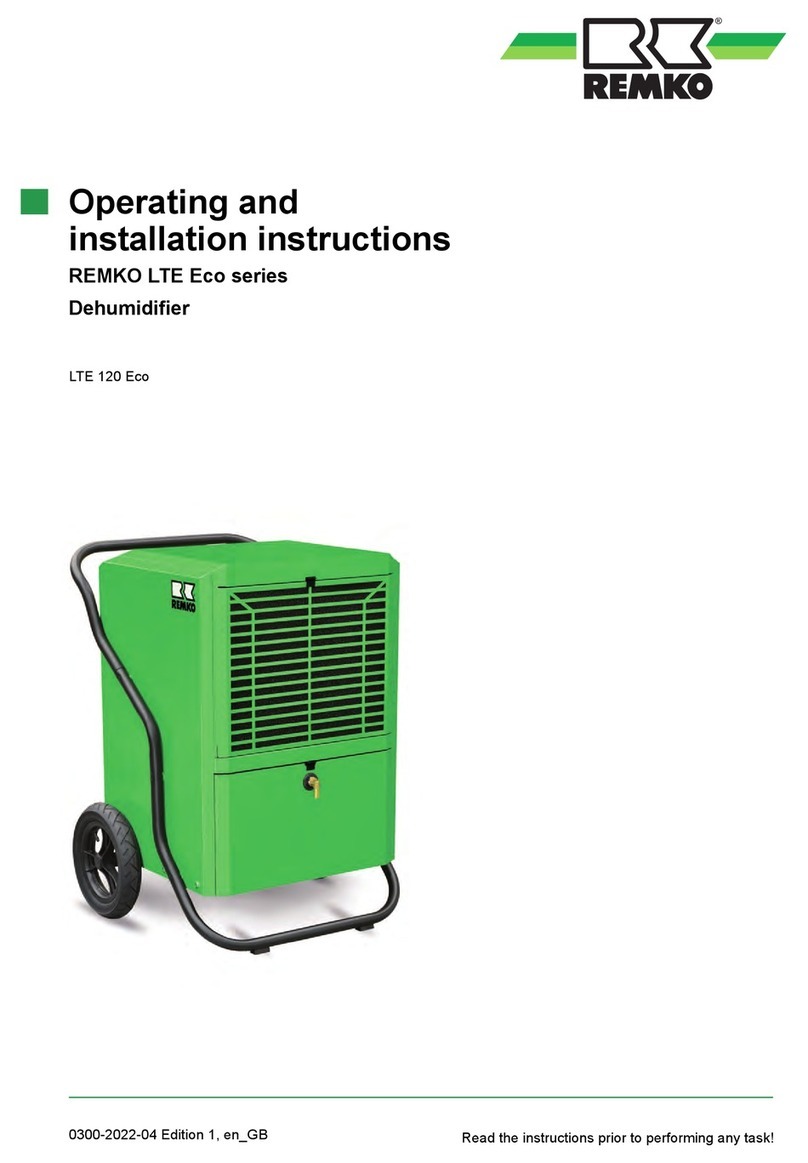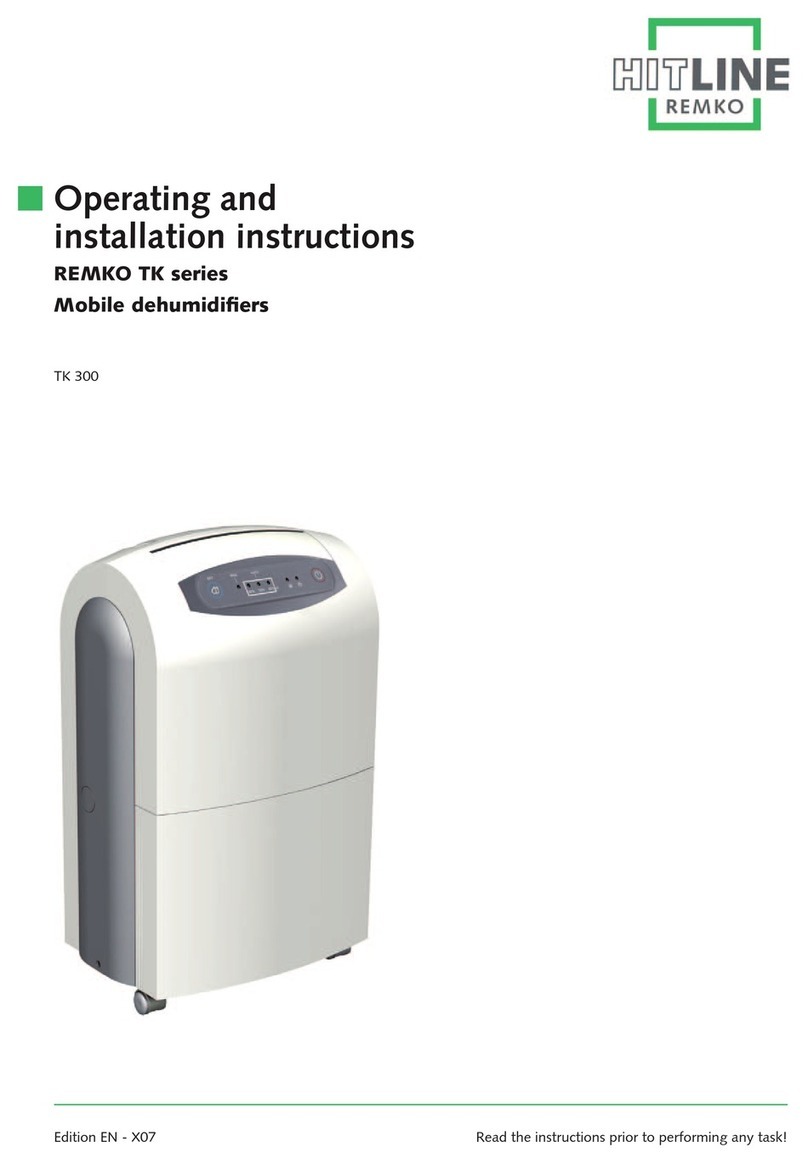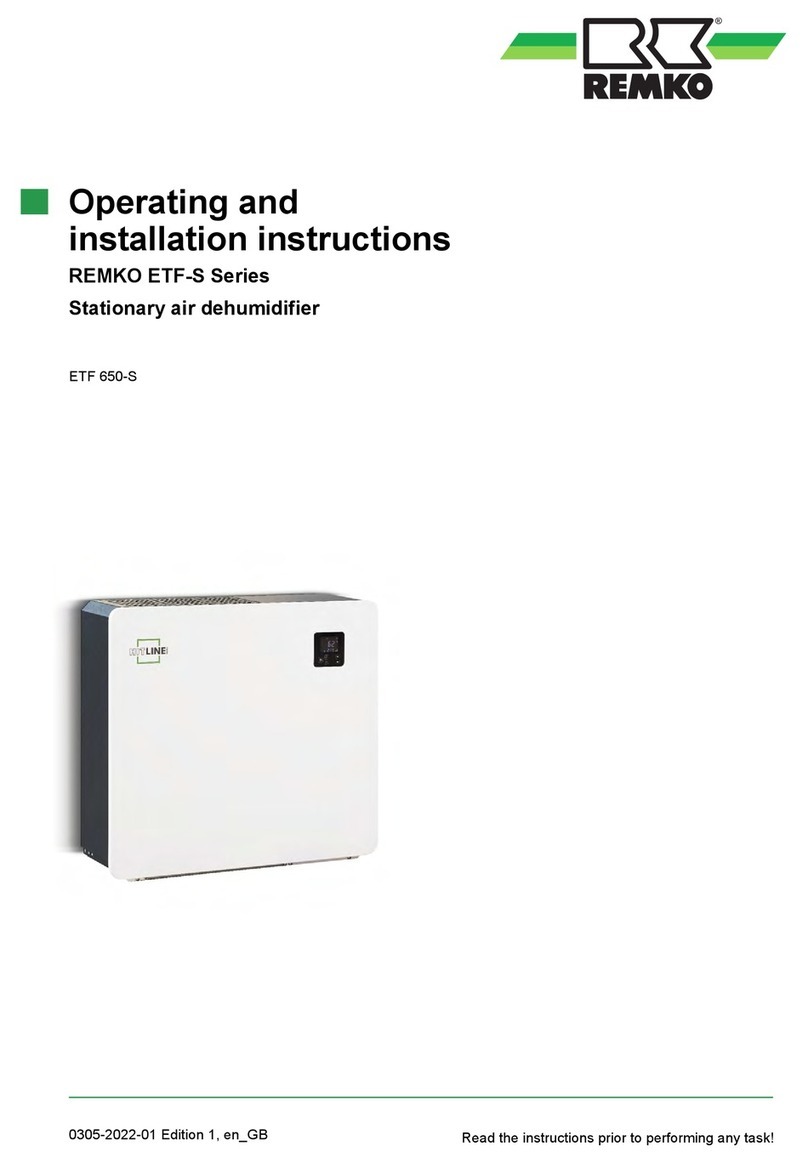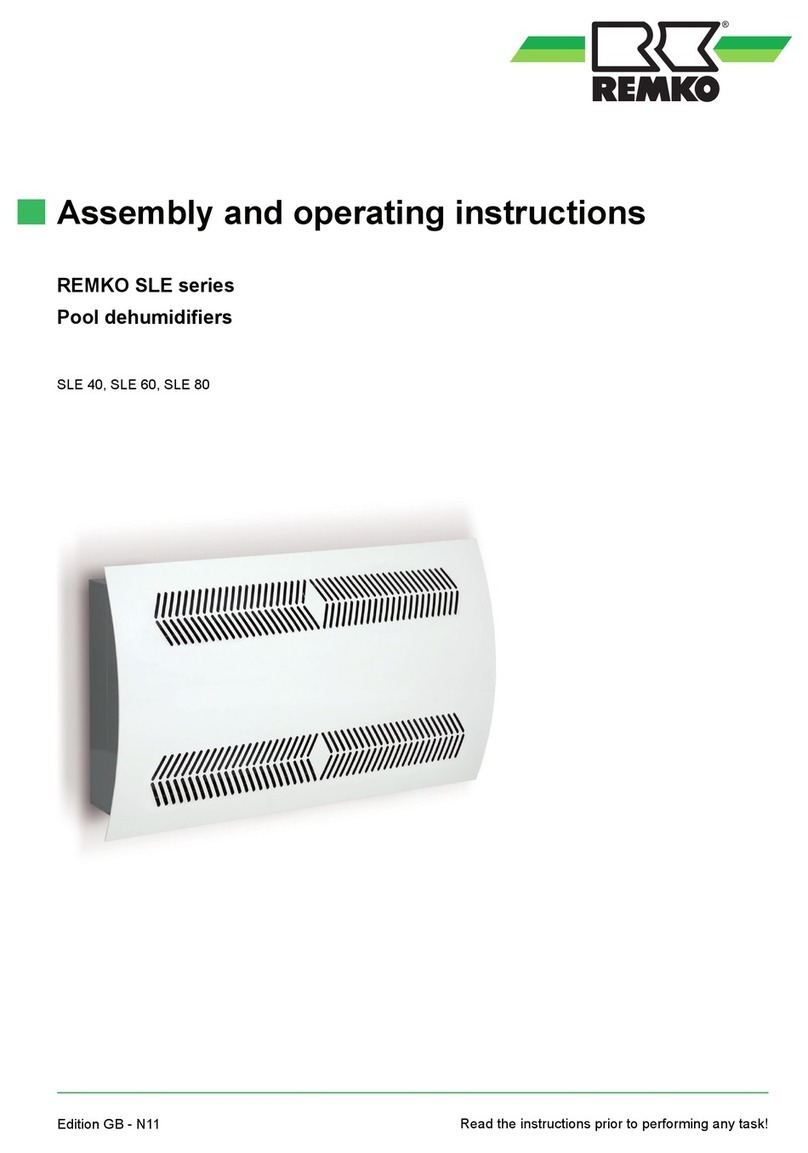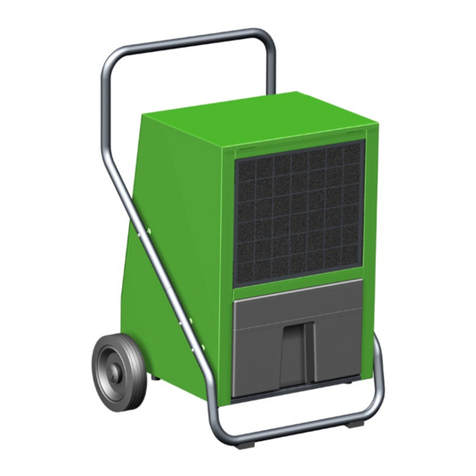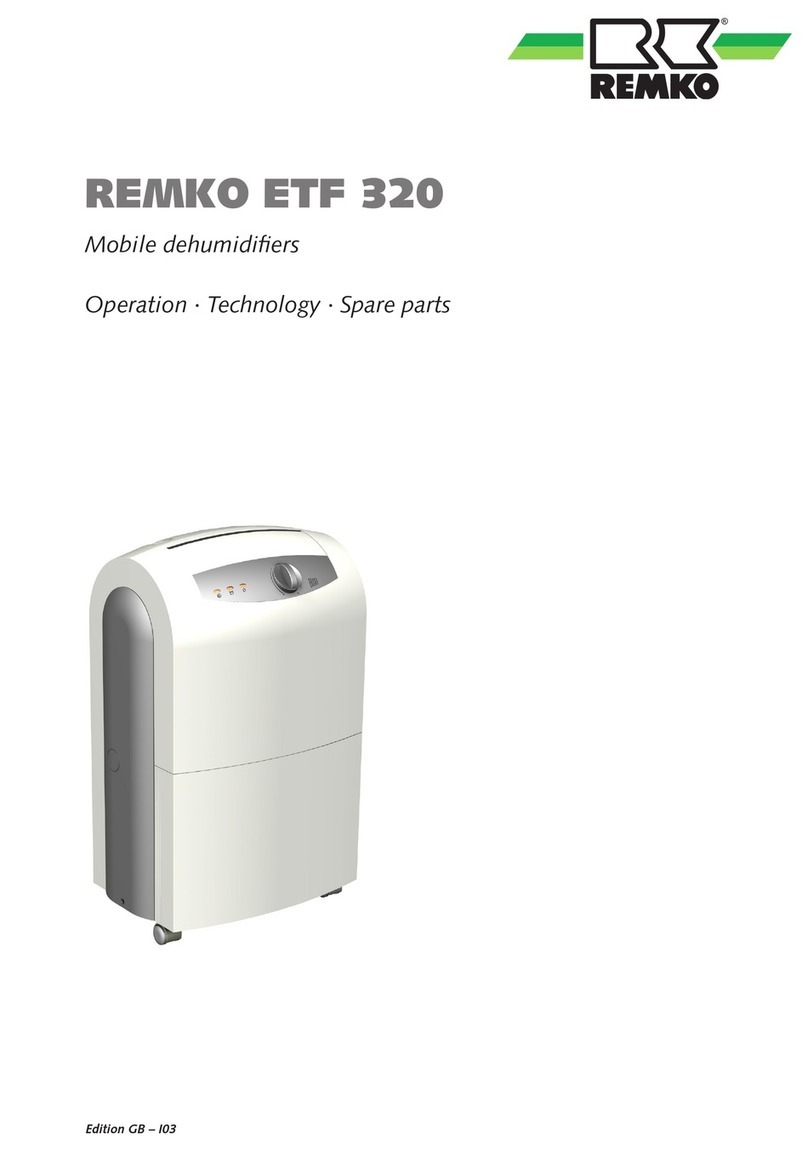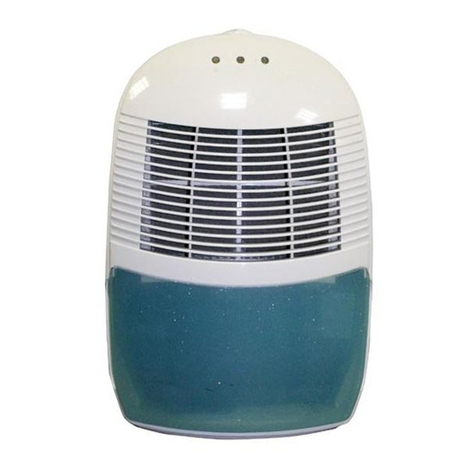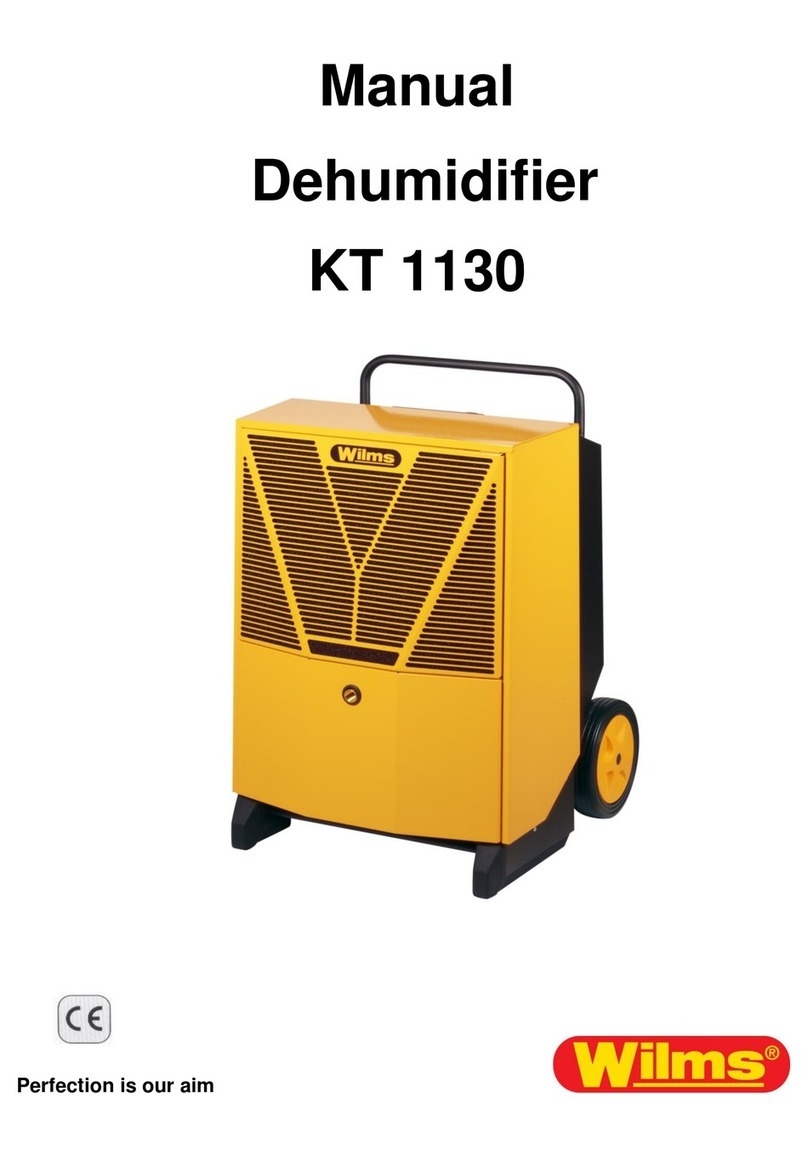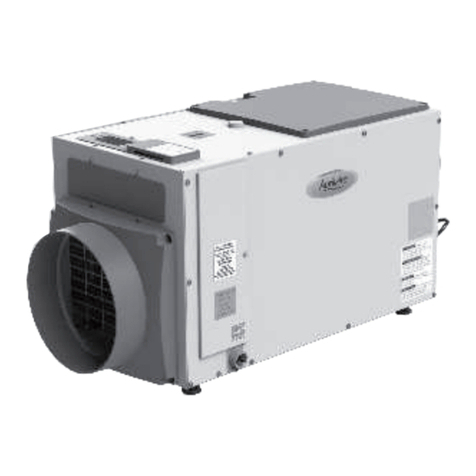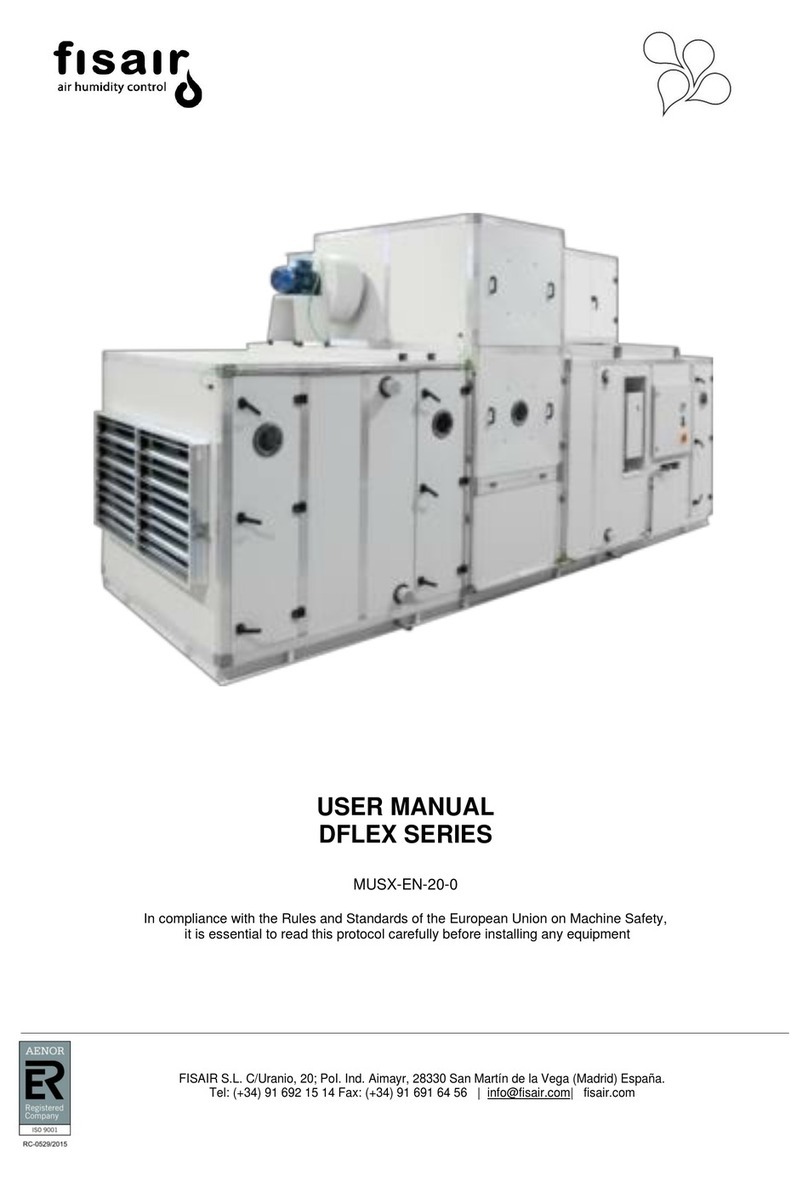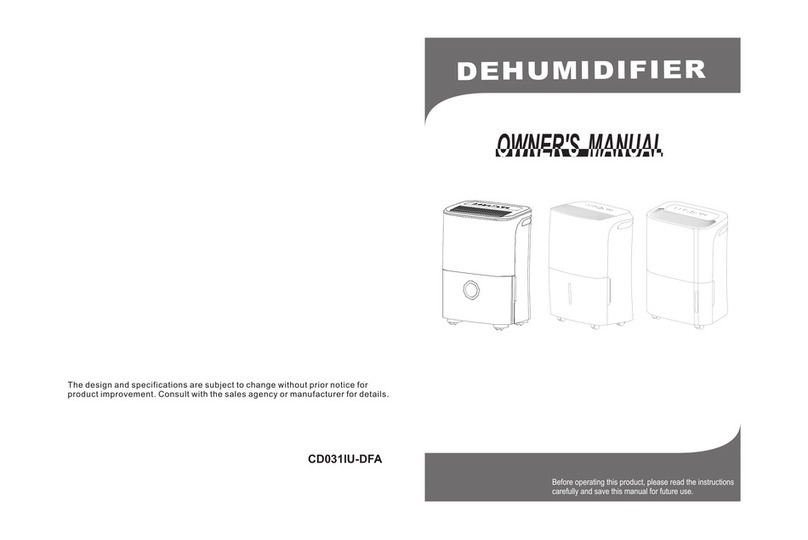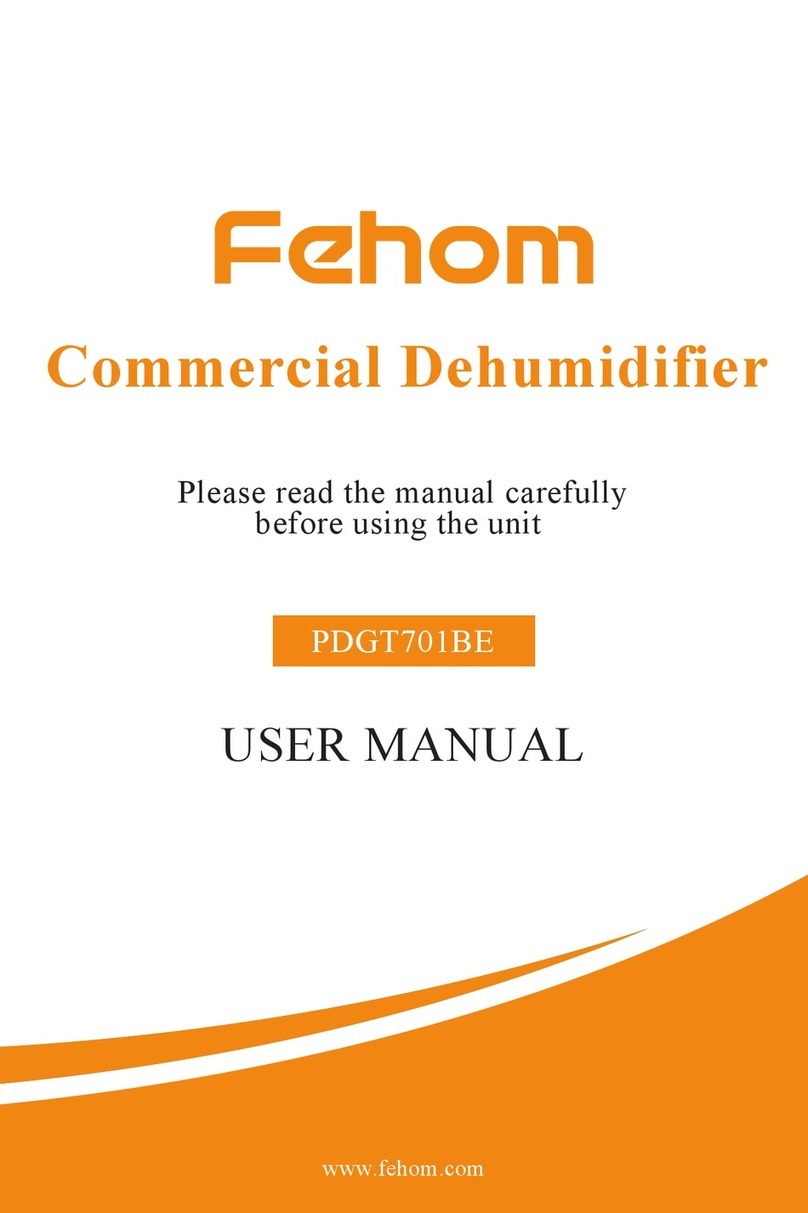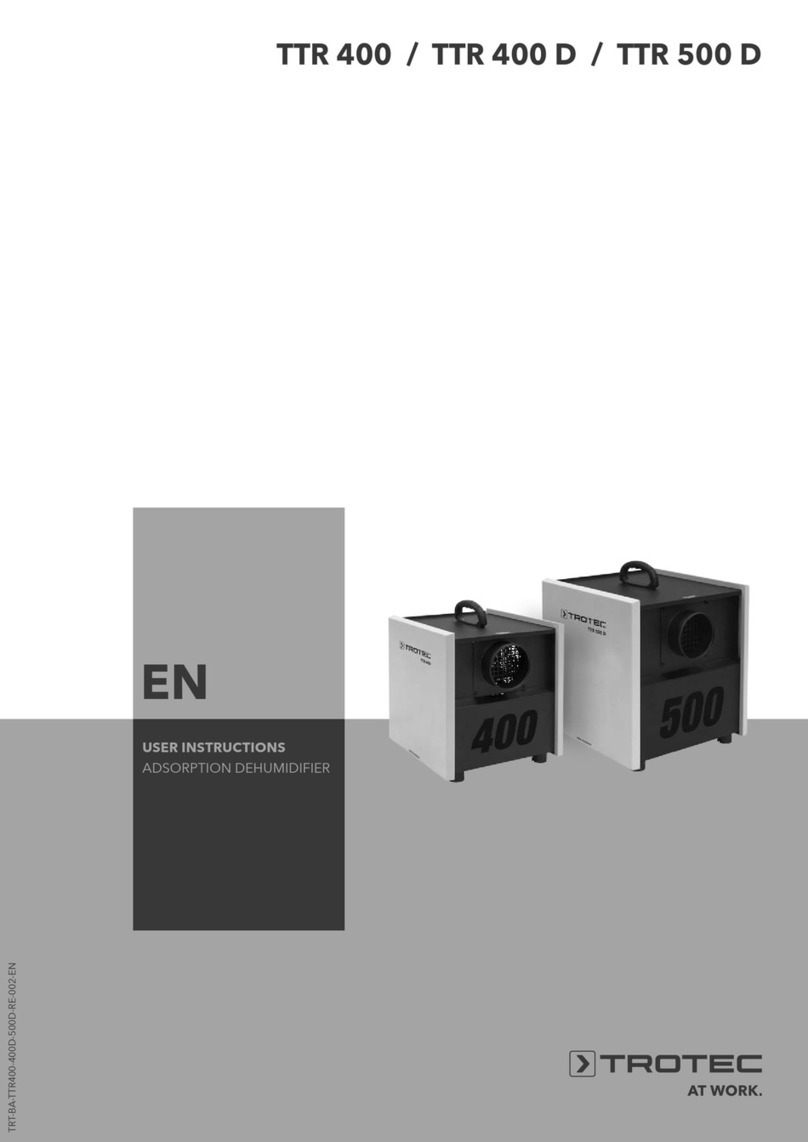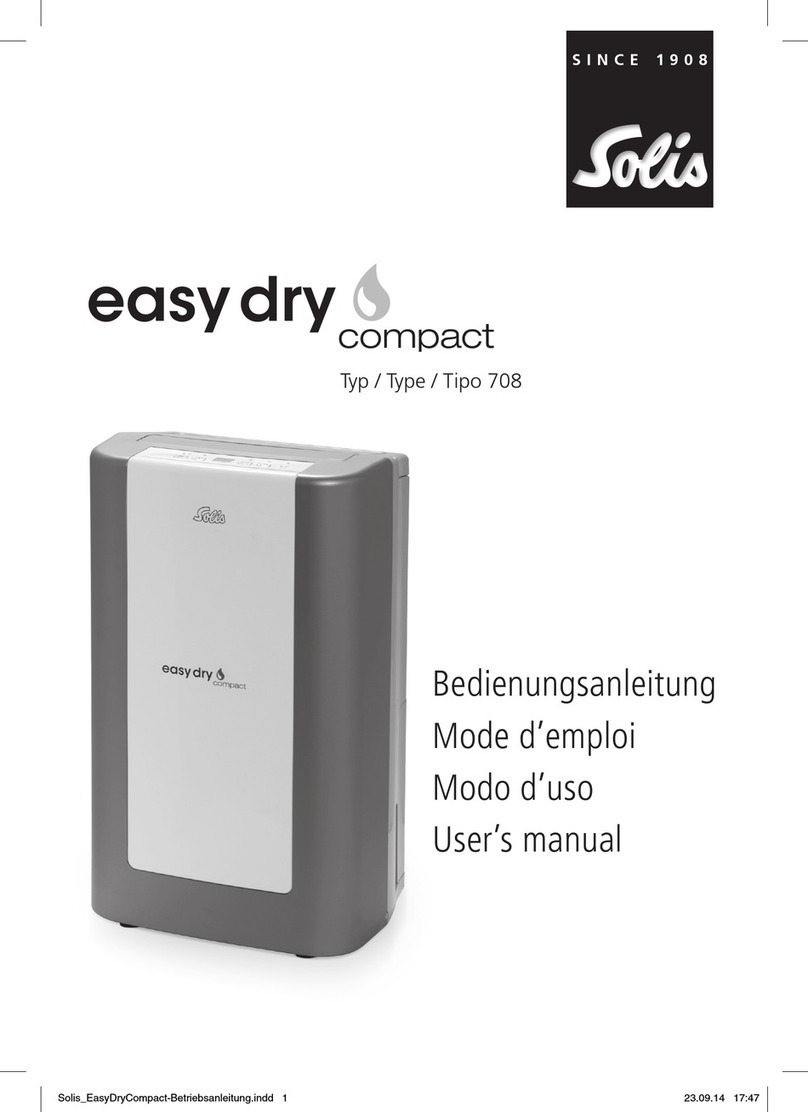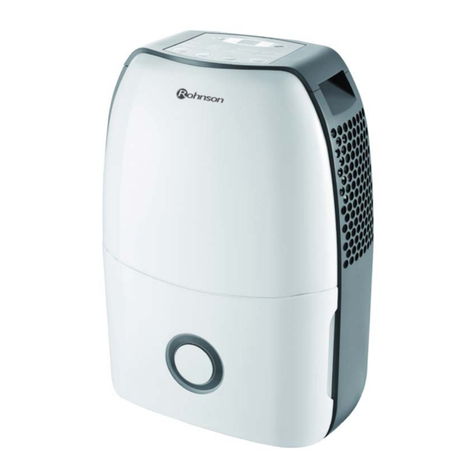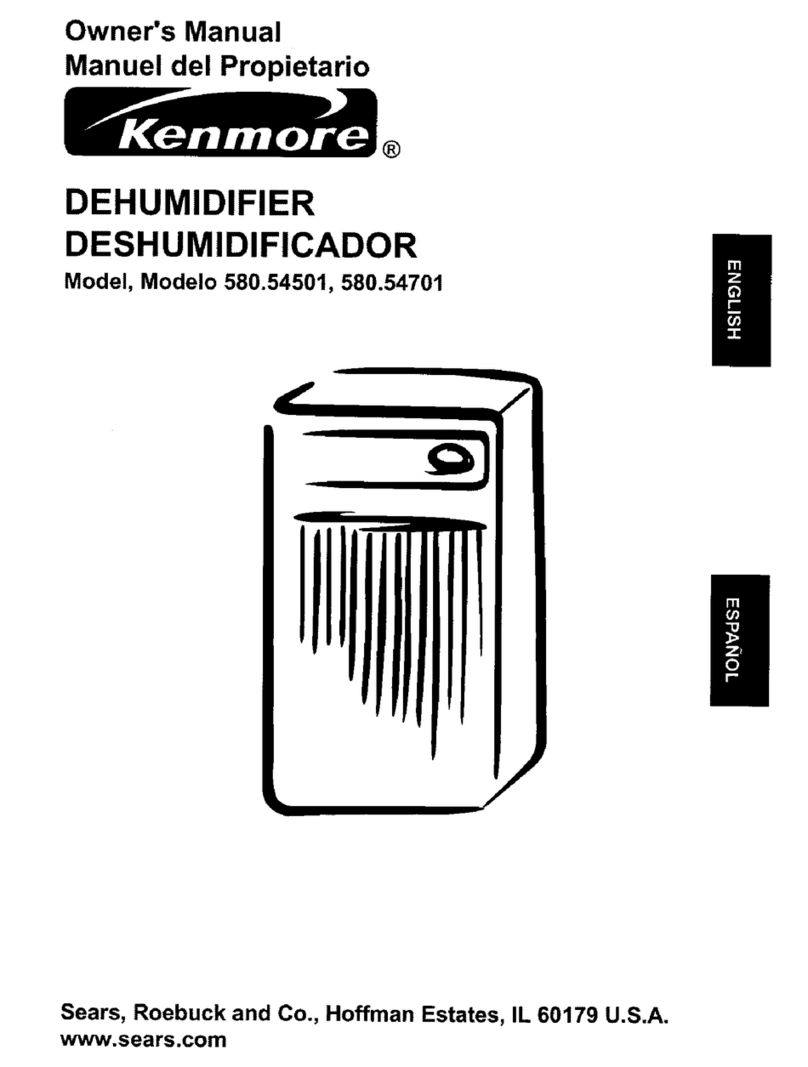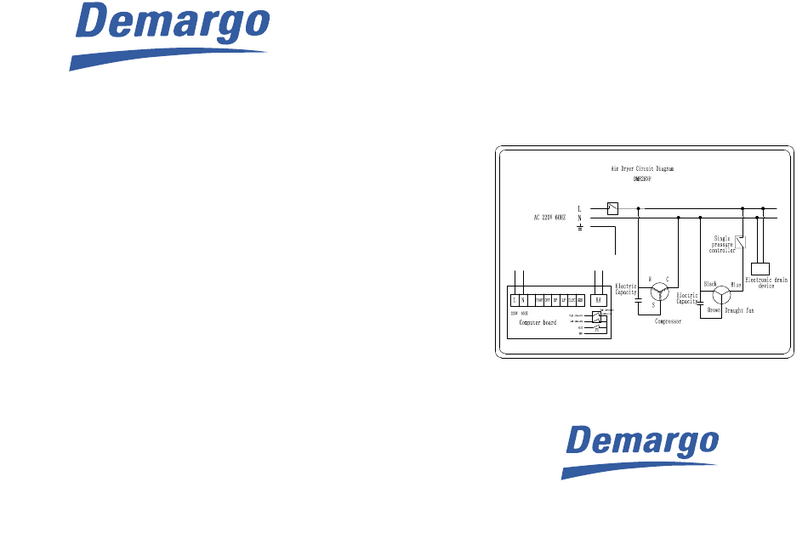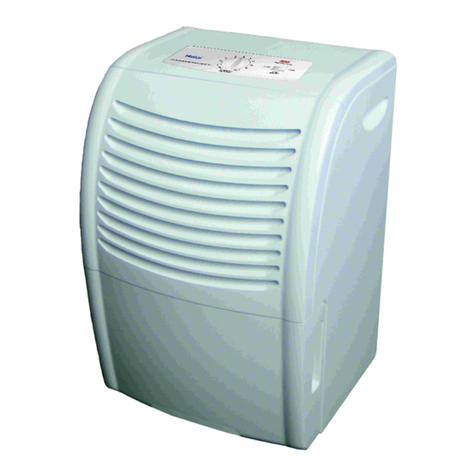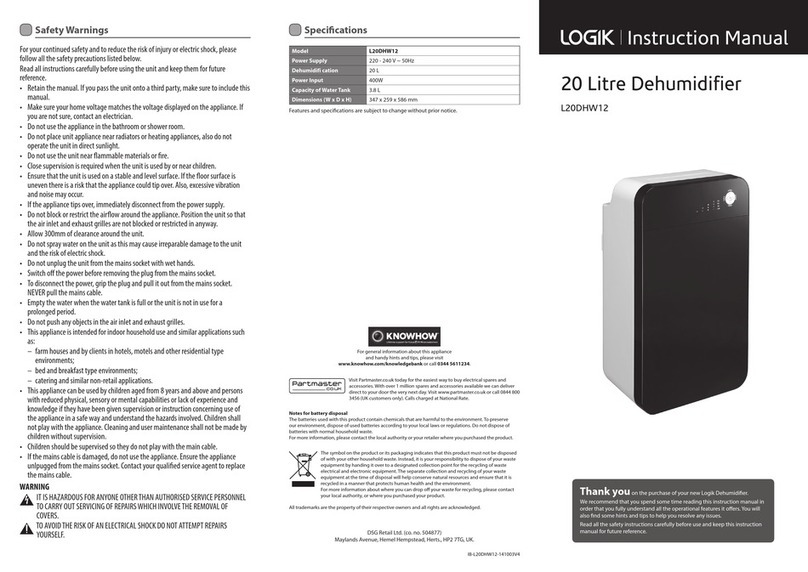
■
Remove any potential ignition
sources
Leaking refrigerant in combina-
tion with corresponding ignition
sources can lead to an explo-
sion. All ignition sources must
therefore be kept away from
the working area at all times!
This also includes the smoking
of cigarettes. Inform all persons
present that this includes the
axing of safety notes and the
closing o of the working area.
■
Sucient ventilation
Before starting work, ensure that
the working area is outdoors
or has sucient ventilation. A
continuous ventilation stream
is required while working. The
safety of the persons working
must be guaranteed by the ex-
haust air equipment: potentially
leaking refrigerant must be lead
away safely and drained into the
atmosphere in an optimum man-
ner.
■
Checking the refrigerant circuit
If electronic components need
to be replaced, ensure that
the spare parts have the same
function and identical technical
specications. The maintenance
and replacement regulations of
the manufacturer must always
be observed and complied with.
Please contact the support of the
manufacturer with any problems
or queries. The following safety
checks must be carried out when
using combustible refrigerants:
- The ll level adjusts to the size
of the rooms in which the unit is
located.
- The exhaust air equipment and
its outlets function properly and
are not blocked or obstructed.
■
Checking the electronic compo-
nents
A component and safety check
must be carried out before
repairing and maintaining
electronic components. If safety
cannot be ensured due to a de-
fect on a component, installation
must not take place until safety
can be guaranteed again. If the
defect on the spare part cannot
be remedied and downtime of
the unit is no longer acceptable,
an adequate temporary solution
must be arranged. The owner/
operator of the unit must be in-
formed about this. The detailed
safety check must include the
following aspects:
- Capacitors are discharged. Dis-
charging must be done in a safe
process to prevent ying sparks.
- There must be no electronic
components active or uninsu-
lated wires while lling, repairing
or cleaning.
- There must be no earthing of
the system.
■
Repairs to closed components
Before repairing closed compo-
nents/housing parts, the unit
must be free from voltage. If
carrying out the repairs free from
voltage cannot be avoided, the
critical points of potential refrig-
erant leakages must be checked
using a leak detector.
The following notes must be
observed when working on elec-
tronic components if the hous-
ing is changed in such a way that
its safety is inuenced. This also
relates to cases where the lines
are damaged, there is excessive
or incorrect pin assignment, con-
nections are not assigned in the
original way or similar deviations
to the expected condition are
determined.
■
Repairing of intrinsically safe
components
Do not introduce permanent
inductive or capacitive loads
into the existing circuits without
ensuring that the maximum
permitted voltages and amper-
ages of the assemblies and lines
are not exceeded. Intrinsically
safe components are individual
components that can be operat-
ed in the presence of ammable
substances. The test equipment
must be adjusted according to
the situation-dependent condi-
tions. Only use components
which are ocially approved by
the manufacturer as spare parts.
Unapproved components can
cause a re in the event of a leak-
age in the refrigerant circuit.
10
REMKO ETF Eco Series

